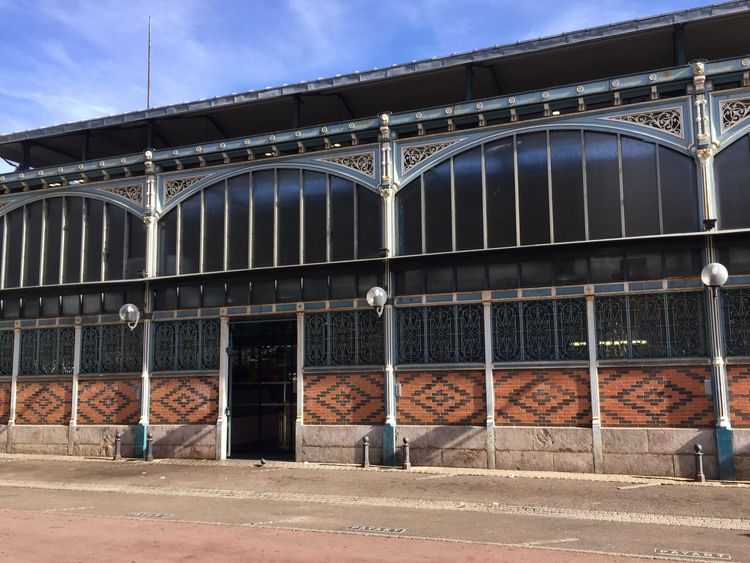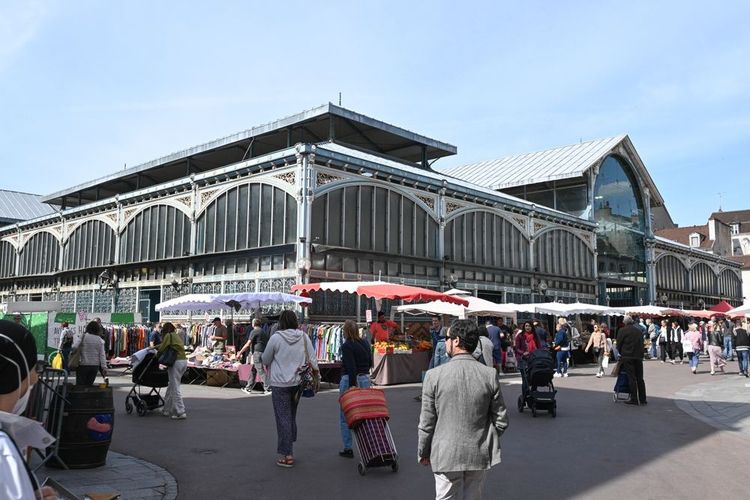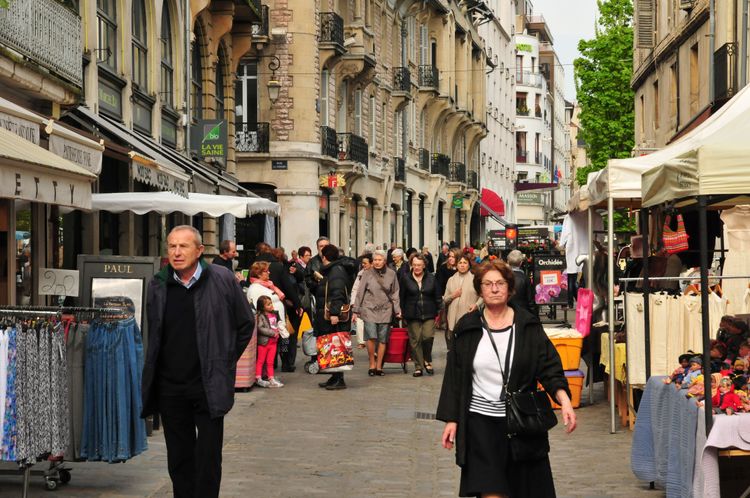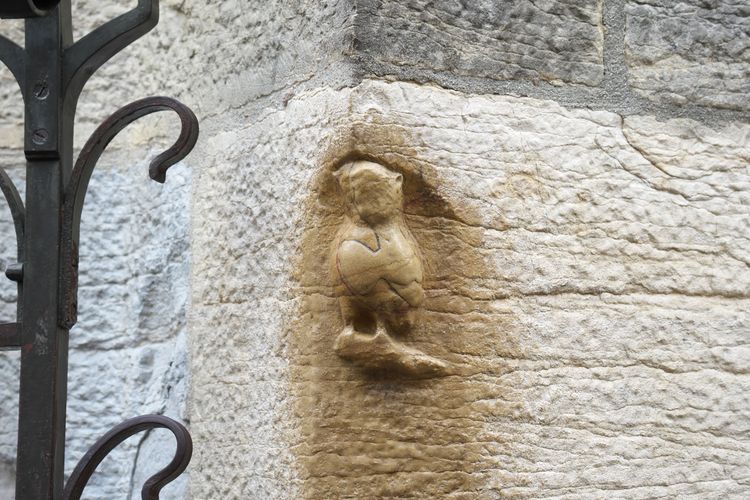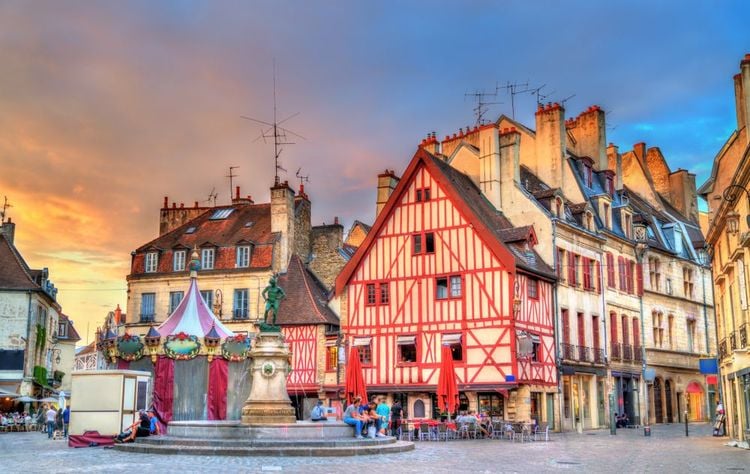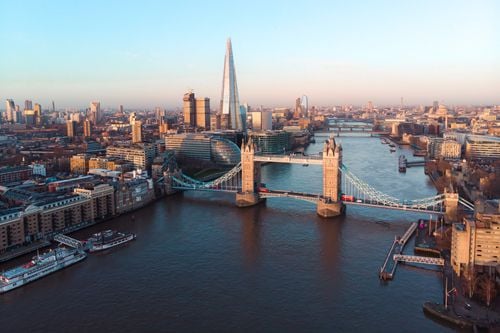Les Halles de Dijon first saw the light of day in 1868, following plans drawn up by Louis-Clément Weinberger. Construction did not begin until 1873, and the Halles de Dijon were operational only two years later.
The Halles were built on the site of the Jacobins convent, perfectly located in Dijon's historic centre. The total surface area is almost 4,400 m², with a height of 13 metres. The Halles is made up of four cross-shaped pavilions, with two central aisles. The arches are decorated with sculptures of animals, referring to the main products sold in the Halles: wild boar, fish, sheep, etc.

